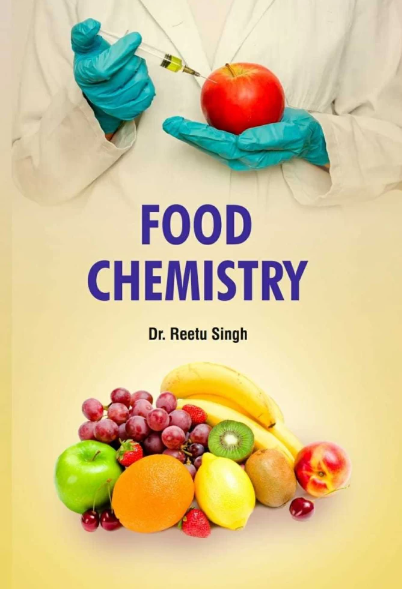Mycotoxins and secondary metabolites from fruit postharvest pathogenic Penicillium species
IF 8.5
1区 农林科学
Q1 CHEMISTRY, APPLIED
引用次数: 0
Abstract
Postharvest fruits are highly susceptible to infections by Penicillium species, particularly Penicillium expansum, P. italicum, and P. digitatum. These infections accelerate fruit spoilage and drive the biosynthesis of hazardous secondary metabolites, including mycotoxins that threaten food safety. However, current understanding of the secondary metabolite profiles, toxicity mechanisms, and detection and detoxification methods of key mycotoxins from fruit-pathogenic Penicillium species is still limited. Through systematic literature analysis, this study catalogs 74 secondary metabolites from these Penicillium species, emphasizing patulin, ochratoxin A, and citrinin as priority mycotoxins. Toxicological evaluations reveal their severe health impacts, including multi-organ toxicity and carcinogenicity. The paper further assesses advanced detection techniques and detoxification strategies, proposing an integrated framework for mycotoxin monitoring and mitigation. By elucidating metabolite profiles, toxicity mechanisms, and intervention strategies, this work enhances the understanding of the metabolic diversity of fruit-pathogenic Penicillium species, strengthens mycotoxin surveillance networks, and supports improved fruit quality and safety control.
果实采后致病性青霉属真菌毒素和次生代谢物
采后的果实极易受到青霉菌的感染,尤其是扩张青霉菌、意大利青霉菌和指状青霉菌。这些感染加速了水果的变质,推动了危险次生代谢物的生物合成,包括威胁食品安全的真菌毒素。然而,目前对果实致病性青霉菌的次生代谢物特征、毒性机制以及关键真菌毒素的检测和解毒方法的了解仍然有限。通过系统的文献分析,本研究对这些青霉菌种的74种次生代谢物进行了分类,强调了曲霉素、赭曲霉毒素A和柑桔霉素是优先考虑的真菌毒素。毒理学评价揭示了它们对健康的严重影响,包括多器官毒性和致癌性。本文进一步评估了先进的检测技术和解毒策略,提出了一个真菌毒素监测和缓解的综合框架。通过阐明代谢物特征、毒性机制和干预策略,本工作增强了对果实致病性青霉菌物种代谢多样性的理解,加强了霉菌毒素监测网络,并为改进果实质量和安全控制提供了支持。
本文章由计算机程序翻译,如有差异,请以英文原文为准。
求助全文
约1分钟内获得全文
求助全文
来源期刊

Food Chemistry
工程技术-食品科技
CiteScore
16.30
自引率
10.20%
发文量
3130
审稿时长
122 days
期刊介绍:
Food Chemistry publishes original research papers dealing with the advancement of the chemistry and biochemistry of foods or the analytical methods/ approach used. All papers should focus on the novelty of the research carried out.
 求助内容:
求助内容: 应助结果提醒方式:
应助结果提醒方式:


